For the past few months I have been creating web-sites, tested them and invested in their promotion. This gave me the freedom to experiment with SEO promotion. Here's what I did.
I focused on optimizing these basic aspects of Google search rankings:
- Thematic clusters.
- Link building.
- Relevance.
- Compliance of intentions.
- TF-IDF.
- Performance.
- Scanning and indexing.
- Site speed.
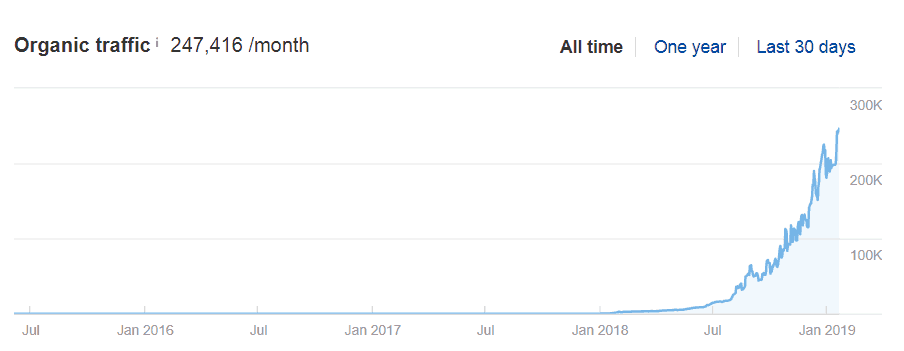
A simplified approach to SEO for Google.
Google uses hundreds of ranking factors when evaluating which sites and pages are truly worthy to rank first.

But the best way to simplify a very difficult task is to focus on the areas that will have the greatest impact.
So my optimization process basically focuses on everything that fits these core aspects:

Note. This particular structure is also very applicable when audit and optimization existing websites.
What's authoritative for Google?
Obviously, Google prefers brands in search results because people trust them more often. So how do you establish credibility for a new site?
There are two ways: create highly reliable content and vouch for it with trustworthy entities, site links.
Thematic clusters.
A strategic SEO approach always starts with a carefully planned content strategy and keyword research. Creating topic cluster models can help accomplish both goals, including your internal link structure.
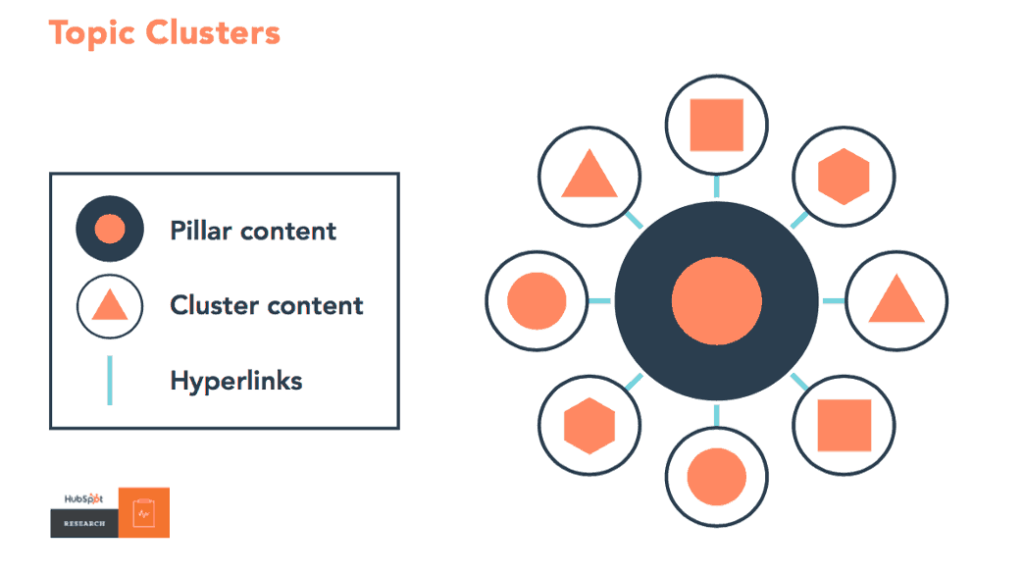
I recommend you check out Hubspot's extensive research on topic clusters.
It's basically a grouping of your content by key thematic areas, where the home page is a content column that targets keywords with a wider audience. It stretches thanks to the availability of a range of content support resources - clustered content that only covers specific ideas, key phrases listed in the content column.
And most importantly, the internal communication between the components and the contents of the clusters. This is one of the first things we did for one of the websites we created.
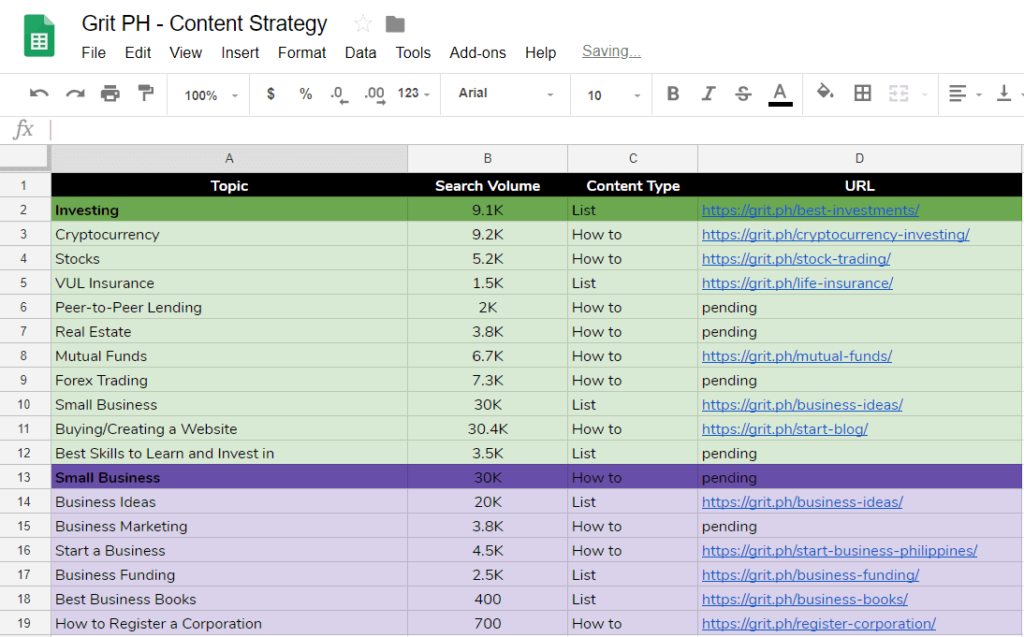
This concept of information architecture is quite standard for e-commerce sites. This is how product categories and product level pages are displayed and how these pages relate to each other.
And, apparently, the concept can work if it is implemented for informational content as well.
Link building.
Links have certainly been the main driving force behind the fact that we have dramatically improved the organic traffic of some of our sites in a short period of time. When it comes to link building, we mainly focus on content.
Redistributing our assets, visual content and distributing them to blogs and sites that need high quality content are our tasks.
We also did the following work:
- Have published over 3000 word guides on other sites where they are more likely to rank well.
- Used partnership or interlinking: mainly to promote the respective linked assets of both parties.
- Earn Links: Strategic rankings for low-competition industry terms. Namely, keywords that other content creators usually have to describe when they use them in their works.
Content relevance.
Content relevance is one of the two most important factors in Google's SERP rankings.
Articles, videos and photos must meet the target user needs. Then there are more checks that the search engine will give them on their first pages.
Compliance of intentions.
Today's SEO is more user-centric. It is very important to regularly visit the key pages of your site to see how they look to your visitors.
Here are some of the things we've done to improve the engagement of our test sites so that our content matches the search engine's intent.
Content formatting.
The goal is for your site visitors to immediately feel that they are on the right page. We are constantly testing how we format our content.
For long tutorials, we've included a summary of the publication and a table of contents so that readers can see the different sections of the article at a glance.
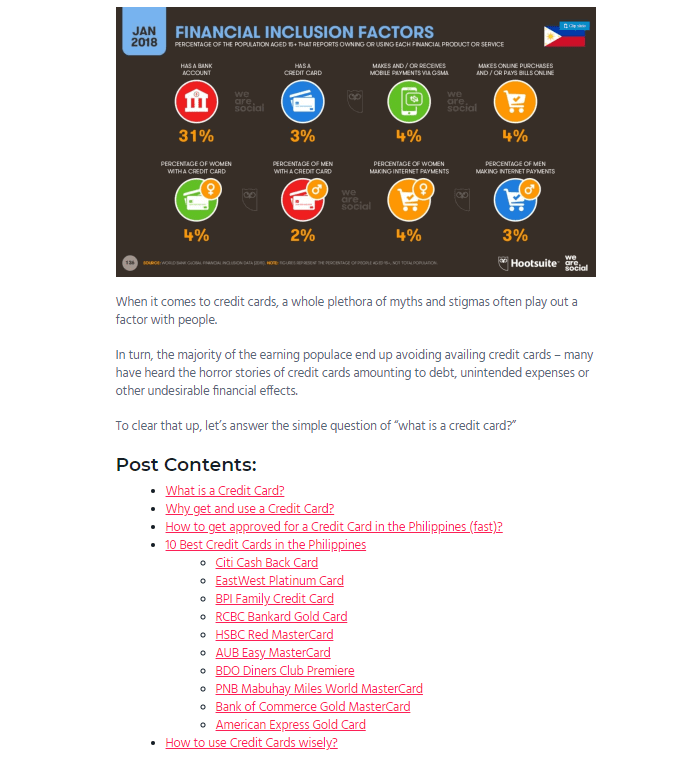
We give readers the opportunity to jump straight to the answers and information that interests them. Even for 500-700 phrases, we included TL; DR and placed them above the fold:
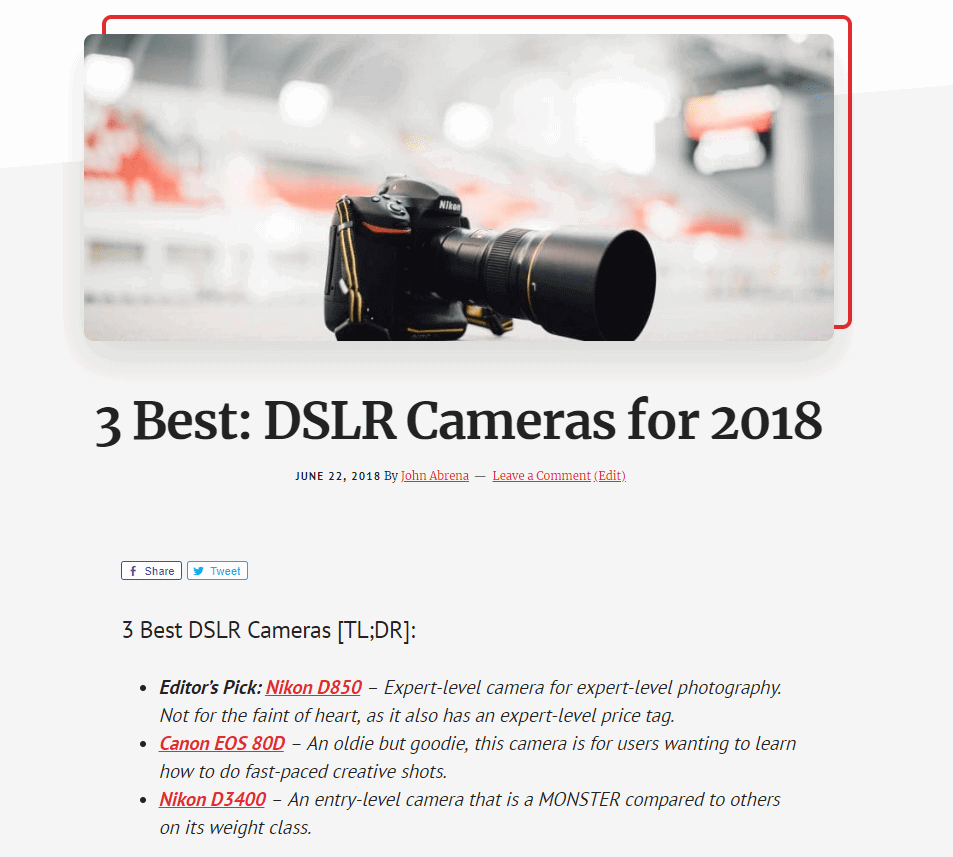
Grabbing people's attention, especially on the Internet, is getting harder and harder these days. And it’s even harder to prove how useful the content is to users if they don’t even get to the most important parts of it.

Improve your SERP rankings and wait times.
Another set of data that you should also visit more often is the list of keywords your pages are looking for.
You can get this easily through Google Search Console.
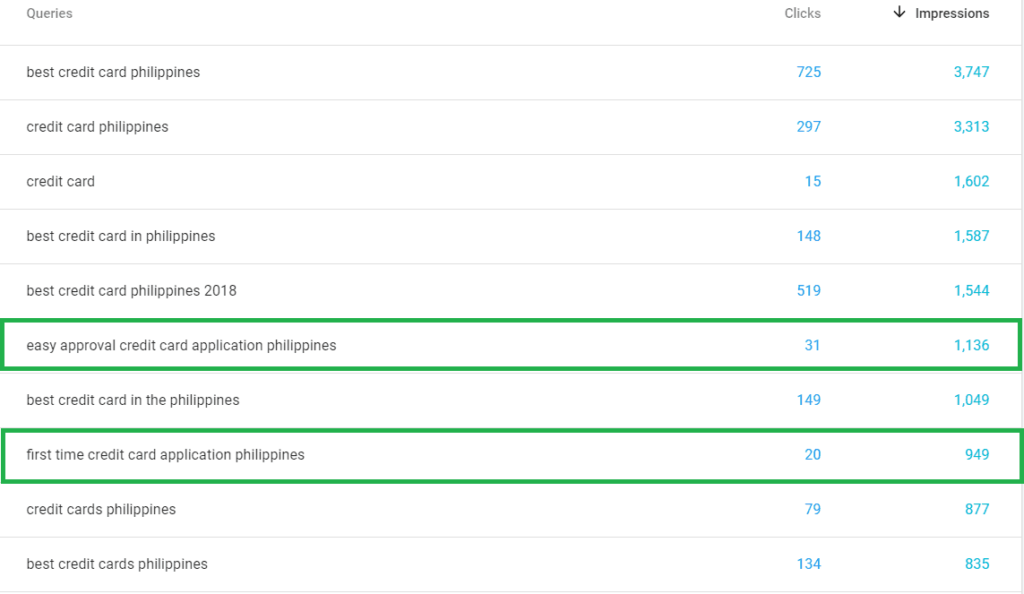
Go to Performance> Pages> Select Page> Queries
Sort the list of search terms by impressions and see which keywords you haven't mentioned in the existing content. Include new content sections where you can answer these additional questions.
Test and tweak the page metadata, title, and description to target keywords that get a lot of impressions but few clicks.
Adding more depth to your content and making it easy for visitors to see should help improve engagement rates in your content.

It is also needed to help you get the Featured Fragments rating.
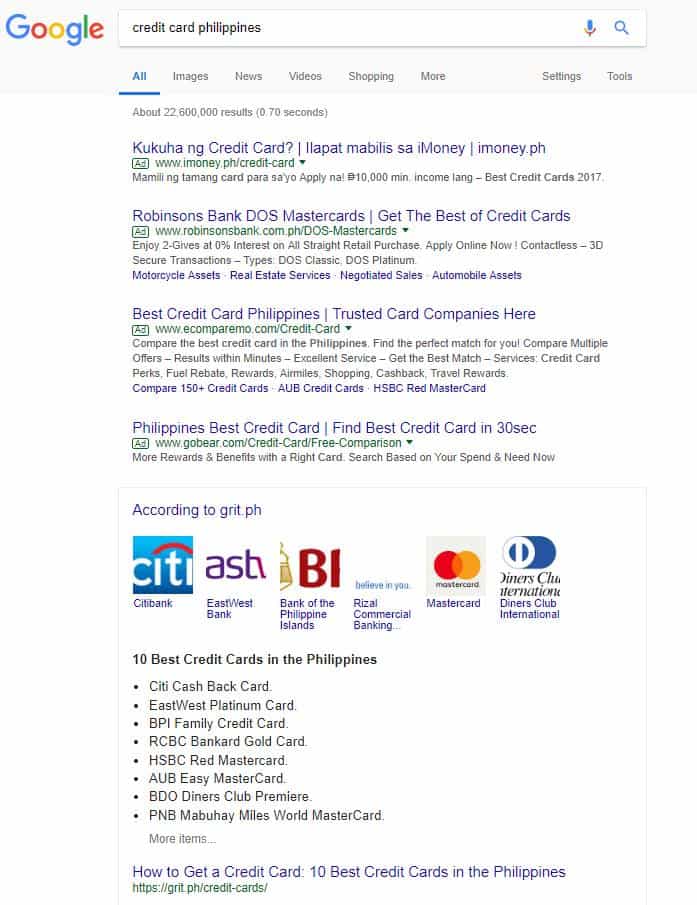
TF-IDF.
You can also improve your content's relevance scores by adding more topic-related terms to your copy.
SEO tools like Ryte and Cognitive SEO have features that can help analyze and optimize content for TF-IDF.
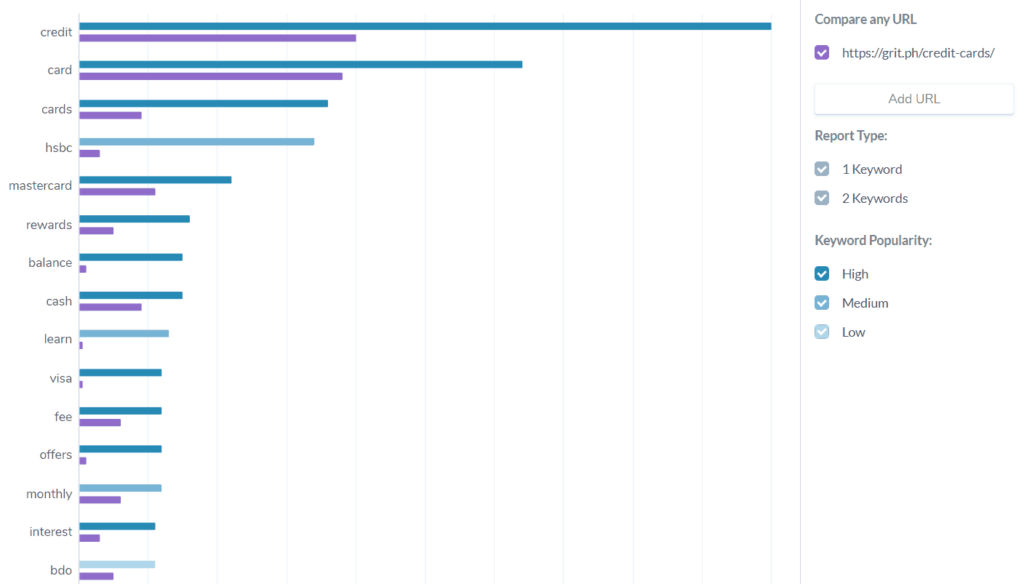
We have basically defined the terms used by most of the ranking pages or competitors and naturally added them to our copies.
Technical SEO is more important than ever.
Search algorithm Google constantly evolving. With all the recent changes like the Mobile-First Index, it's important to have a clear understanding of the technical aspects of SEO in order to have a clearer path to SERP dominance.
Google crawling and indexing.
Since I am optimizing relatively new websites, these processes did not take a lot of time and resources.
The main focus in this part of the optimization was mainly on the following tasks:
- Create XML sitemap and Robots.txt file, submit and test through Google Search Console.
- Migration to HTTP and implementation of the rel = ”canonical” tag.
- Crawlers blocking access to URLs and parameters. They create pages with thin content or can cause duplication: tags, media files. This is done using a Noindex directive or through blocking access through Robots.txt.
- Minimizing scan errors, if any.
I used Ahrefs Site Audit Tool to sort out all crawl and other technical issues at the site and at the page level.

Site speed.
There are several ways to speed up your site. Here's a great example from Venture Harbor on how to get started.
After getting most of the common fixes: browser caching, minifying HTML / JS / CSS files, Gzip compression, and more, I implemented additional site improvements based on the Lighthouse Chrome DevTools audit recommendations.
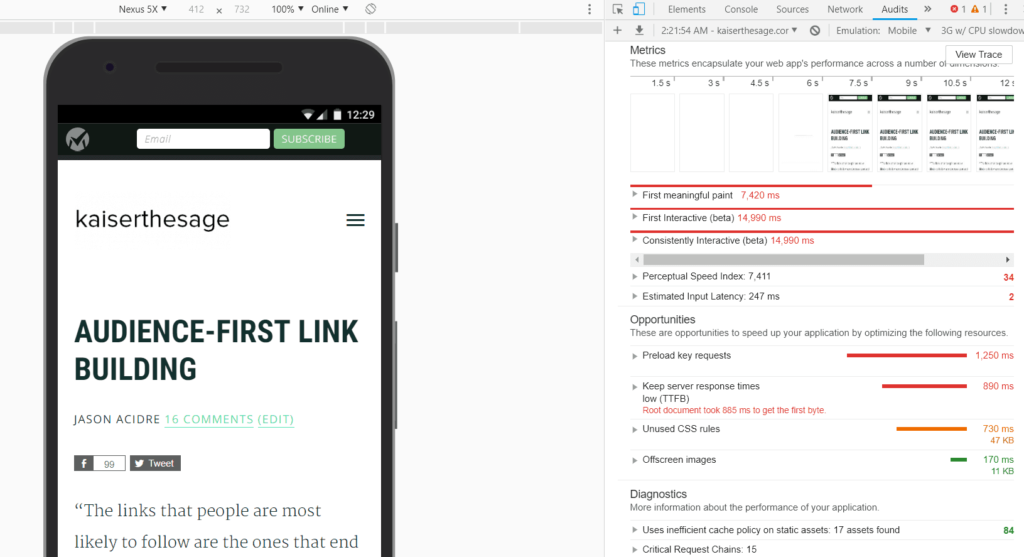
WEBP image format.
WebP is a modern image format that is smaller in size compared to JPEG and PNG.
You don't need to convert and compress all your site's images to WebP as this only works for users of Chrome and Opera browsers.
If you are using WordPressInstalling plugins like ShortPixel can help you automate your site in WebP image formats.
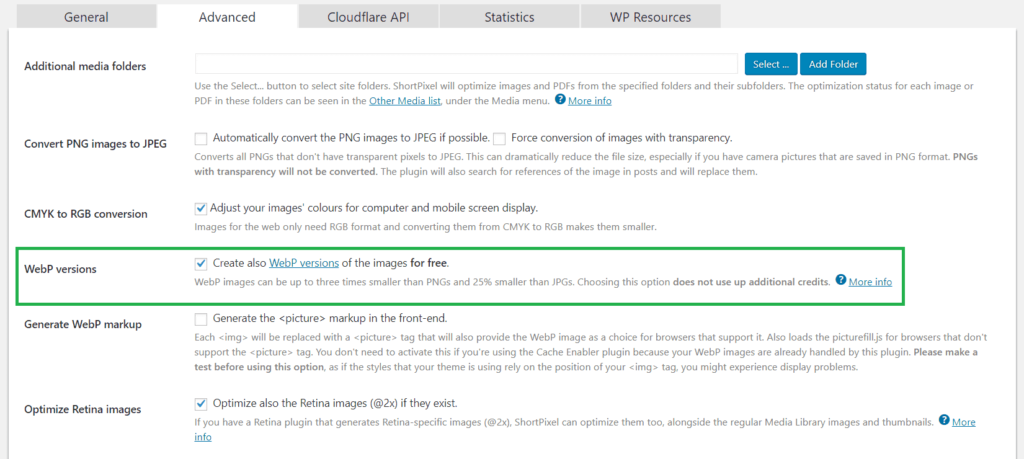
Other helpful resources for creating and maintaining WebP image formats:
- DigitalOcean Guide.
- CSS Tricks tutorial.
Loading images and videos.
Basically, it is a technique where off-screen web elements such as images, frames, and videos that are hosted in the content are loaded only when they are needed.
It's easy to do with WordPress. I've used WP Rocket's LazyLoad for the sites I'm testing:
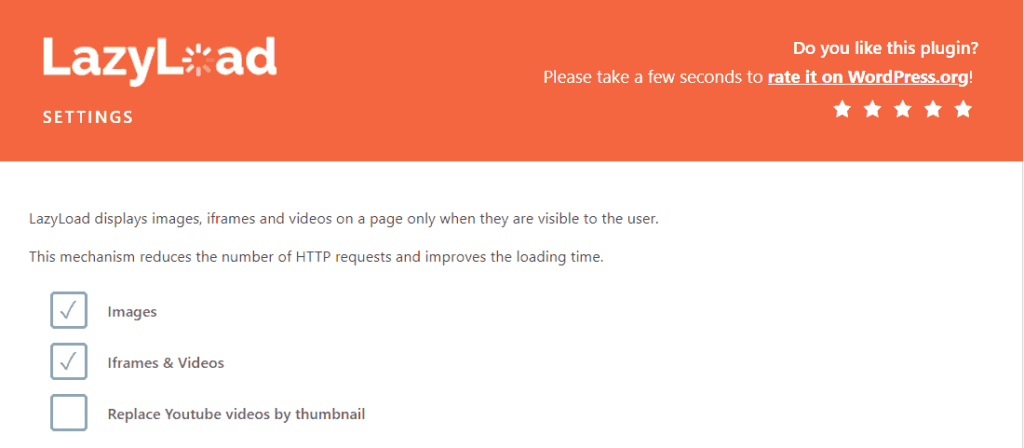
Other useful resources on Lazy Downloads:
- Google Developers Guide.
- CSS Tricks tutorial.
Preloading resources.
You can also speed up your website by prioritizing important resources, scripts and stylesheets using the directive. It basically tells browsers to immediately download certain resources in the background.
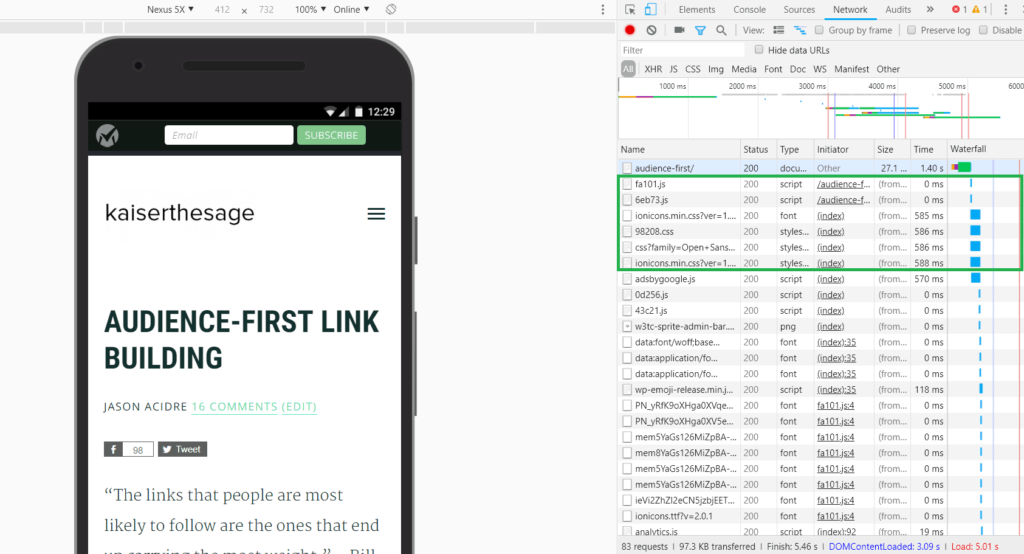
In addition to loading asynchronously or deferring scripts, prefetching resources is also one way to fix the "eliminating resources blocking JS & CSS rendering" issues that most sites experience when testing loading speed.
To implement preloading in WordPress, simply paste a code or more into the section on your website pages for resources:
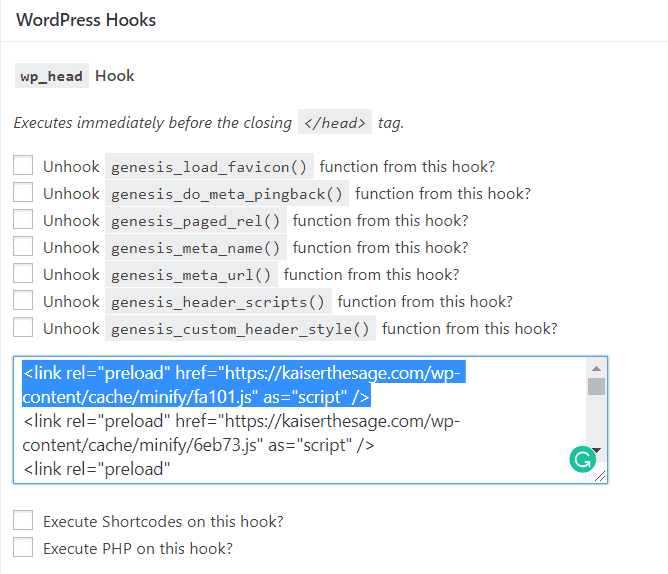
Or, you could also do it on separate pages in preloading resources that are only specific to them:
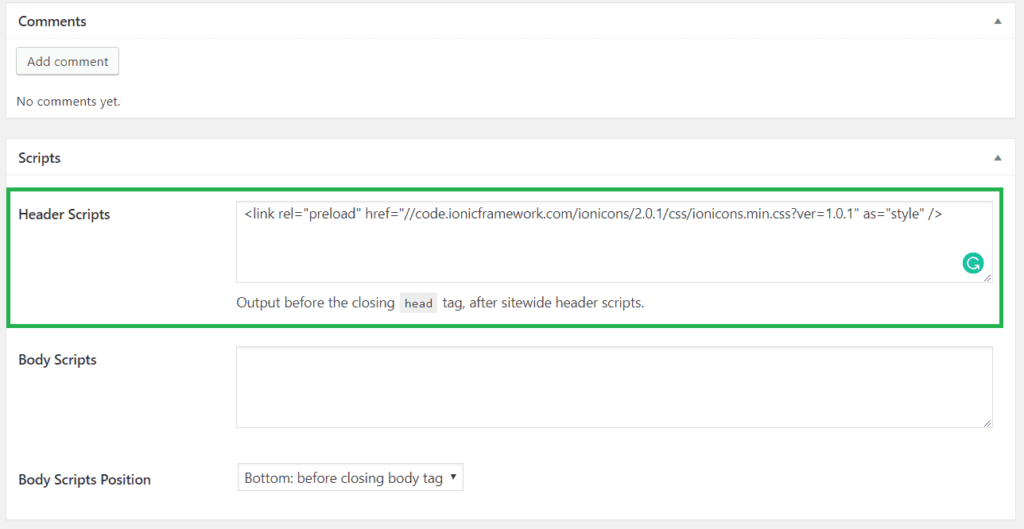
Other useful resources under the link Rel = ”Preload”:
- Alex MacArthur's Guide.
- Smashing Magazine Leadership.
All of these changes have resulted in some of my images from my image websites loading slightly faster on both mobile and desktop.
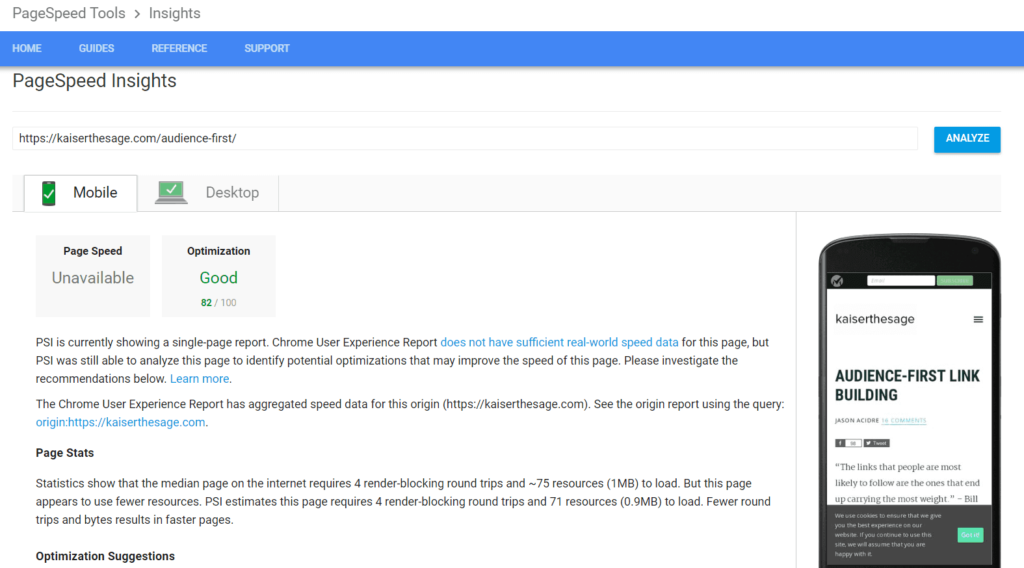
Source: kaiserthesage.com.
⏩ Why do I need to format content?
To make it look attractive to users.
✓ What is the best image format to use?
Choose WebP image format.
WebP is a modern image format that is smaller in size compared to JPEG and PNG.
⏩ What is TF-IDF?
It is a measure that assesses the importance of a word in a text.
✓ How is the ranking of search results formed?
Based on the criteria by which the system evaluates the compliance of the site content with the search query.
✓ How can I use SEO for my website?
Here are some popular ways to get noticed by search engines and potential customers.
Using the SiteWit Campaign.
Site placement in search engines.
Placing the site in online directories and local directories.
Off-page optimization.
Create new content consistently.
Relinking.
Keywords.
Headings.
✓ How long does it take to search engine optimization of a new site?
Many SEO firms will tell you that it takes 4 to 6 months to get a website up and running. This is generally true, but keep in mind that this is when you start seeing results and SEO results grow over time. Whatever results you get at 6 months, they will be significantly lower than at 12 months.
✓ Is it worth paying for SEO promotion?
If you're a small one-man store, SEO is still a very important investment, but it might make more sense to do SEO yourself than to hire an agency to do it for you. But you need to understand that SEO is a valuable investment and well worth it.

